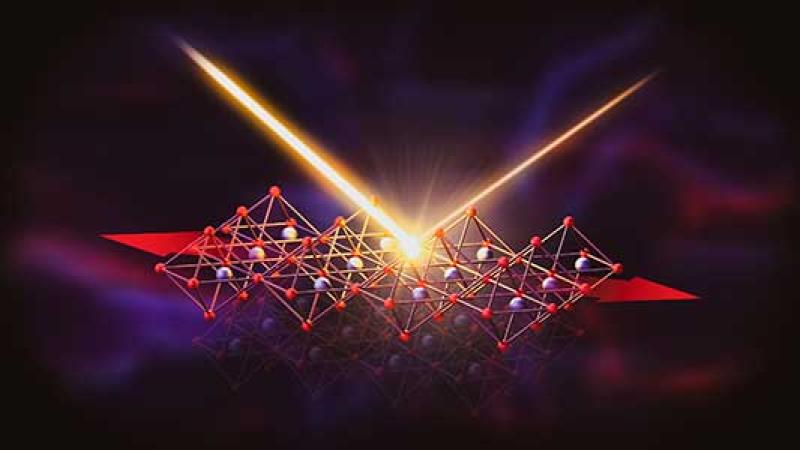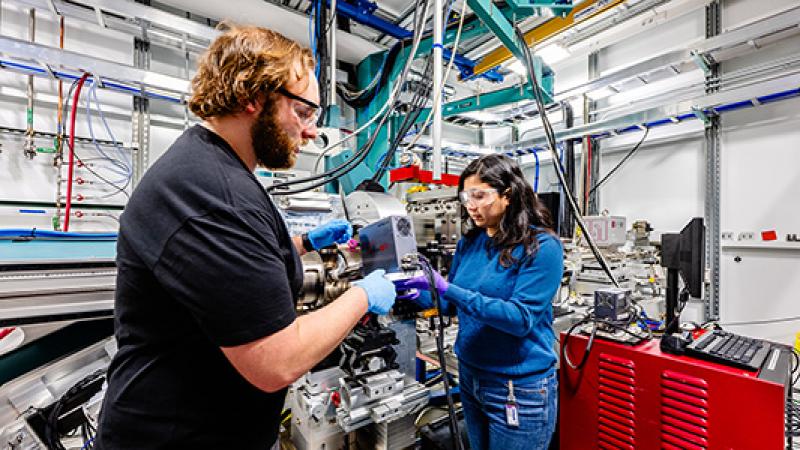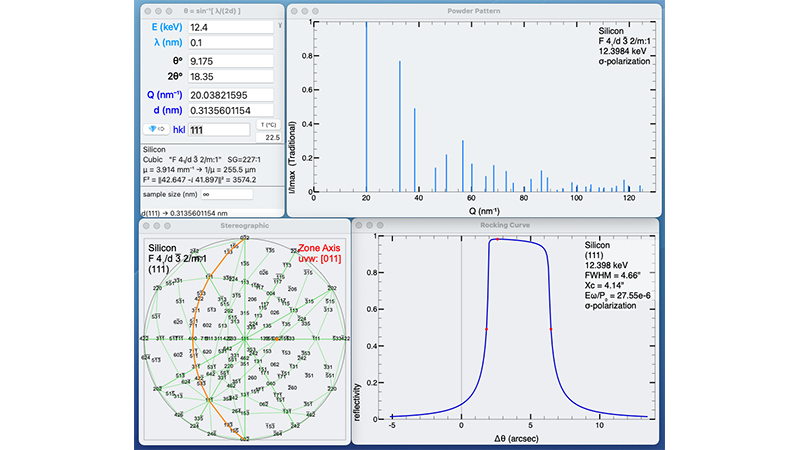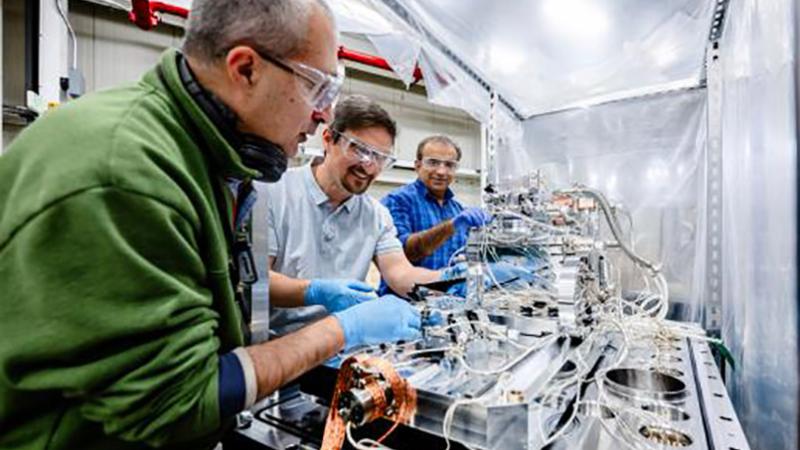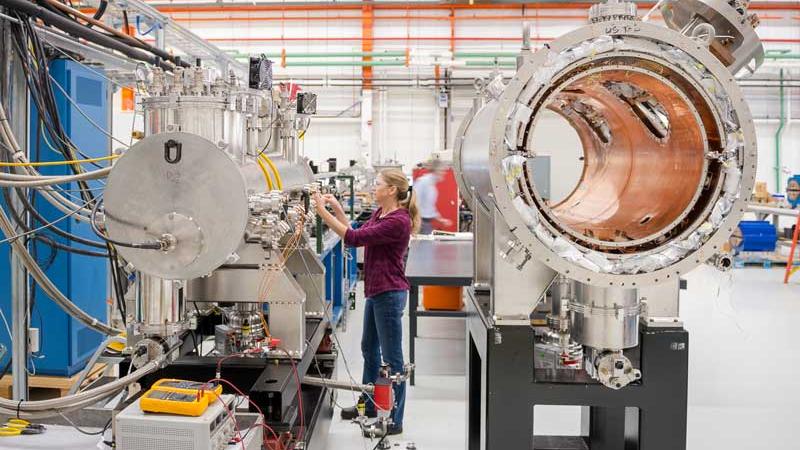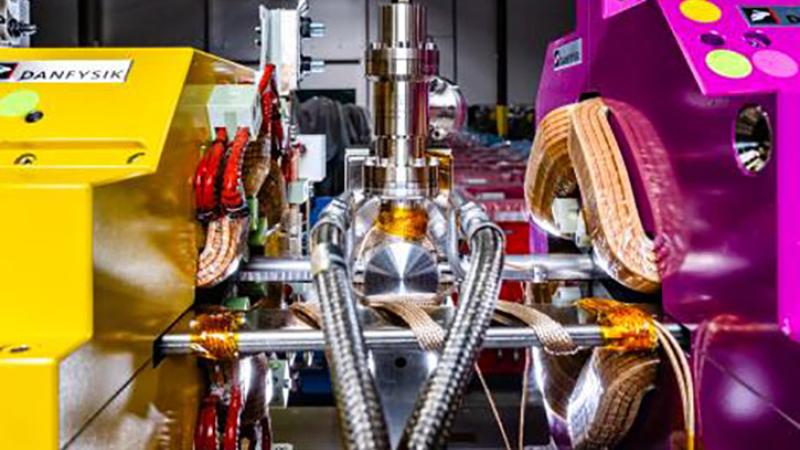APS PEOPLE & EVENTS
Bechtold helped prototype the original Advanced Photon Source (APS) and recently oversaw modular assembly for the APS Upgrade.
The Argonne engineer and physicist has overseen the construction of light sources around the globe.
Her chief responsibility is to ensure that designs meet quality and safety standards.
Jul 14 2025 to Jul 17 2025
Aug 10 2025 to Aug 15 2025
Aug 11 2025 to Aug 18 2025
Calgary, Canada
Sep 15 2025 to Sep 19 2025
Sep 20 2025 to Sep 26 2025
11:00 a.m. Hybrid: 437/C010 and Virtual
11:00 a.m. Hybrid: 440/A105-A106 and Virtual






